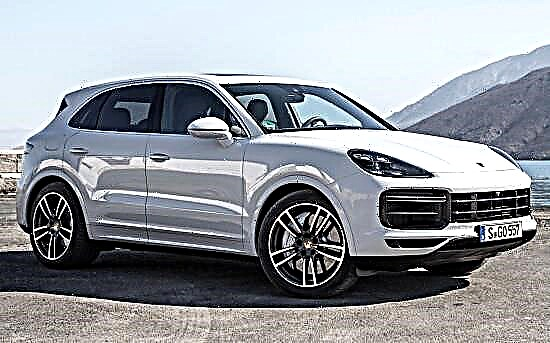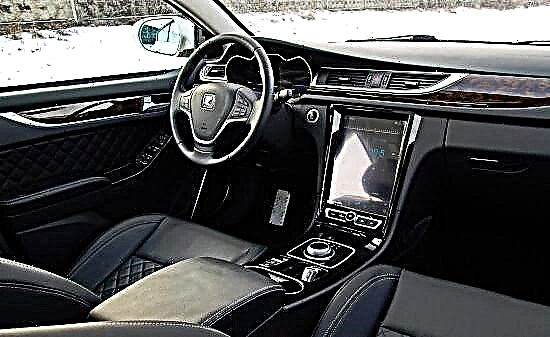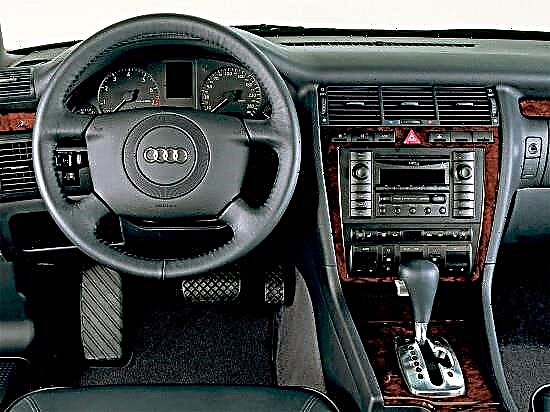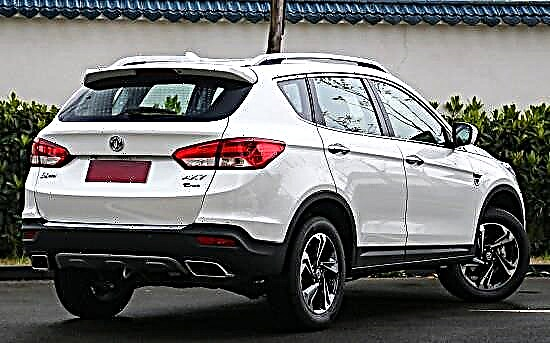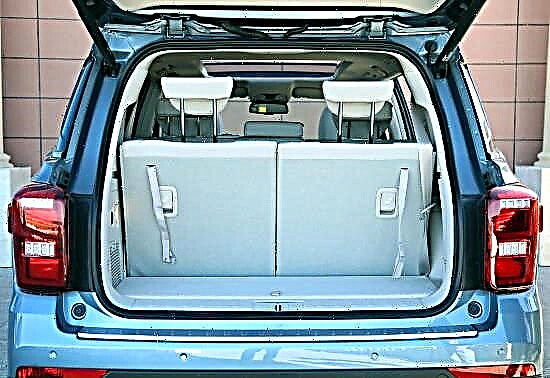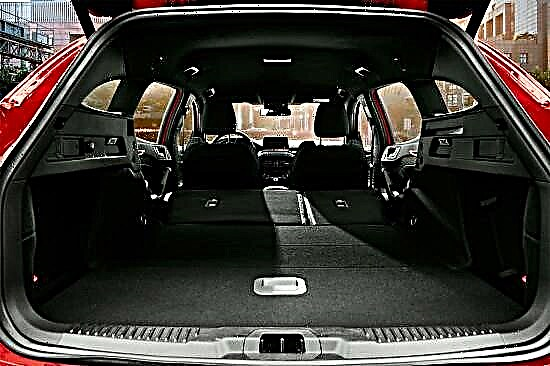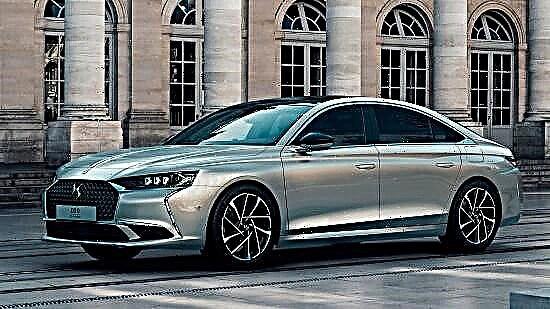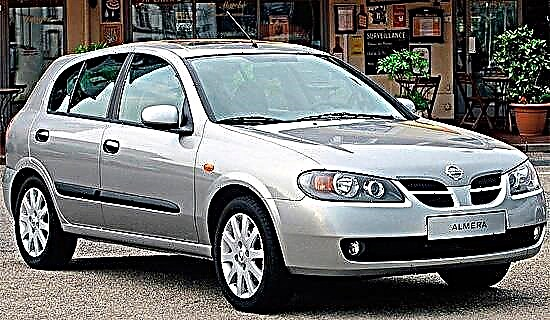The second generation Nissan Almera debuted at the March 1999 Geneva Motor Show, and the next year the car went on sale. In 2003, at the Paris exhibition, an updated version of the car was presented, which lasted on the conveyor until 2006. The production of the model was carried out at the company's English plant in Sunderland.

"Almera" of the second generation belongs to the C-class according to the European classification, and it was available in three body types: sedan, three- or five-door hatchback.

The body design directly affects the external dimensions of the car: the length is from 4197 to 4436 mm, the height is from 1445 to 1448 mm, and the width is from 1695 to 1706 mm. The wheelbase of the "Japanese" does not exceed 2535 mm, and 140 mm are allocated to the ground clearance.

Under the hood of the "second" Nissan Almera, you can find one of two atmospheric gasoline "fours".
The base is replaced by a 1.5-liter version with 86 horsepower, the output of which reaches 136 Nm of torque.
The "top" 1.8-liter engine generates 116 "horses" of power and 163 Nm of maximum thrust.
Not without turbodiesel units: an 82-horsepower 1.5-liter, developing 185 Nm, as well as a 2.2-liter with a potential of 112 horsepower and 248 Nm.
Transmissions - 5-speed manual and 4-speed automatic.

The basis for the Japanese golf-class model is the MS platform. The front suspension on the 2nd generation "Almera" is independent with MacPherson struts, the rear is a semi-independent design with a multi-link beam. Rack and pinion steering is aggregated with a hydraulic booster, and the braking system is equipped with disc mechanisms and ABS and EBD technologies.
The "second" Nissan Almera has such positive aspects as a simple and reliable design, low maintenance cost, acceptable fuel consumption, a decent level of safety, good handling and a fairly roomy interior.
Negative points - cheap interior finishing materials, rigid (and at the same time energy-intensive) suspension, poor sound insulation, not sufficiently high-torque engines and poor low beam.

